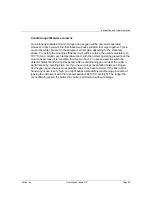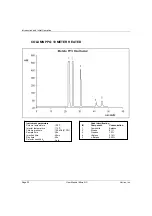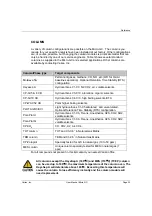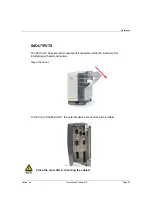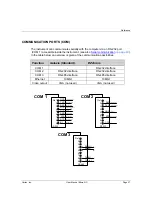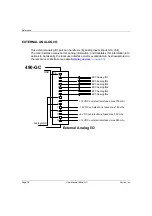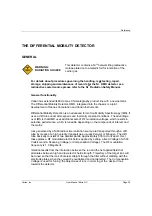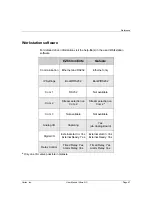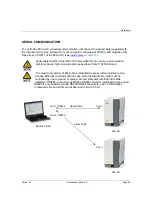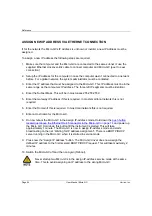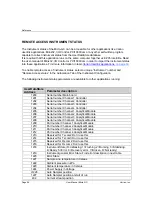
Reference
Varian, Inc.
User Manual Micro-GC
Page 43
PROTOCOLS
A protocol is a set of rules that govern how computers send and receive information.
Different Types of Protocols:
AppleTalk, ATM, Banyan Protocols, CDPD, DECnet Protocols, Frame Relay,
GPRS
,
H.323, IBM Protocols,
ISDN
, ISO Protocols, LAN Data Link Layer Protocols, MPLS
Novell Protocols, PPP Suite, Bridge/Router Internetworking Protocols, SNA, SS7
Suite Sun Protocols, Tag Switching Protocols,
TCP/IP Suite, UMTS Telephony
, V5,
Voice over IP#(VoIP), WAP, X.25, XNS
The Internet Protocol Suite
Developed to allow cooperating computers to share resources across a network.
TCP and IP are the two best-known protocols in the Internet Protocol Suite.
Other protocols / services are FTP, Remote Login (Telnet), Mail, SMTP.
IP Addresses
Uniquely identify a computer on the Network / Internet.
Are made up of four 8-bit numbers and each of these numbers are separated by a
point.
Each of the 8-bit numbers can represent a decimal value of 0-255.
Each part of an IP address can only be in that range (e.g., 198.12.253.98).
The Internet protocol suite
Starting IP
Ending IP
Subnet Mask
Type
0.0.0.0 255.255.255.255 N/A
Public
10.0.0.0 10.255.255.255 255.0.0.0 Private
172.16.0.0 172.31.255.255 255.255.0.0 Private
192.168.0.0 192.168.255.255 255.255.0.0 Private
Note: never use 0.0.0.0. or 255.255.255.255

